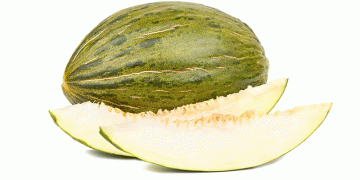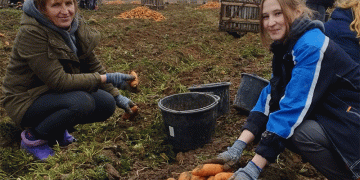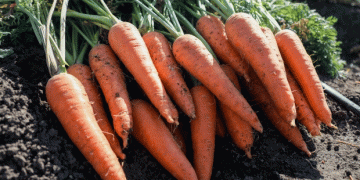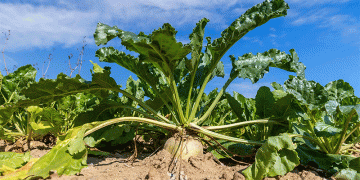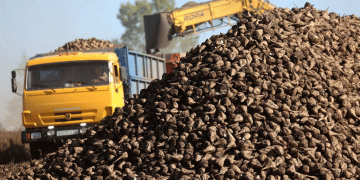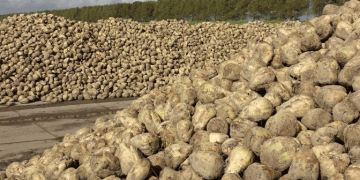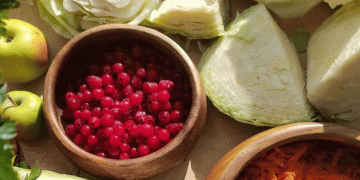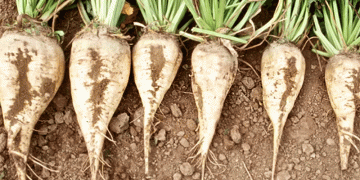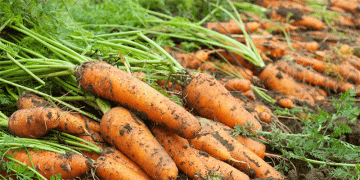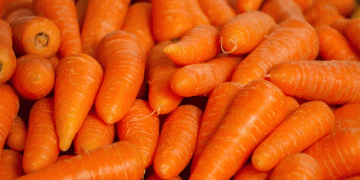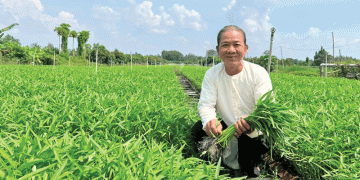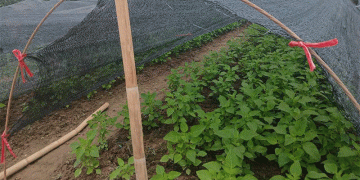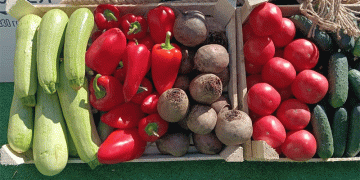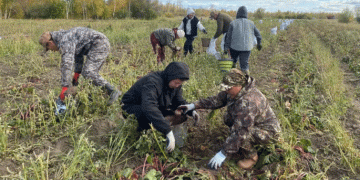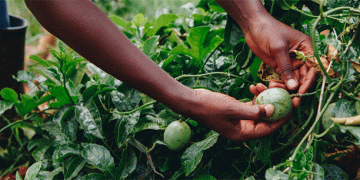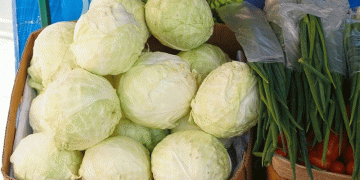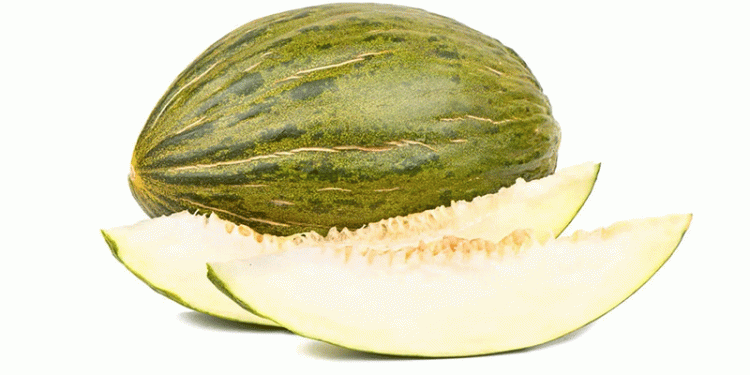Syngenta has solidified its dominance in the early Piel-de-Sapo melon segment, capturing over 50% of the market share in key Spanish production regions like Almería (greenhouse) and Murcia. This success is driven by its high-performing varieties, Graciano and the newer Bobal, which address critical challenges such as viral pressures, powdery mildew, aphids, and the New Delhi virus.
The Genetic Evolution of Piel-de-Sapo Melons
Recent years have seen significant genetic improvements in Piel-de-Sapo melons, primarily due to rising virus threats and shifting consumer preferences. According to RevistaMercados.com, Syngenta’s Bobal has set a new benchmark in the early-season segment, combining full disease resistance with exceptional field performance and market acceptance.
Why Bobal Stands Out
- Dual Adaptability: Performs well in both Almería’s greenhouse conditions and Murcia’s open fields from mid-January to April.
- Disease Resistance: Offers complete protection against powdery mildew, aphids, and the New Delhi virus.
- Market Versatility: Suitable for supermarkets (cut fruit) and premium brands, meeting buyer demands for flavor, texture, and shelf appeal.
Víctor García, Syngenta’s Melon Product Manager, explains:
“Bobal allows growers to protect their crops from diseases while meeting commercial expectations for taste and presentation.”
The Bigger Picture: Market Trends & Future Outlook
The global melon market is projected to grow at a CAGR of 3.5% (2023–2030), with increasing demand for disease-resistant, high-yield varieties (Statista, 2024). Syngenta’s 50% market control in early Piel-de-Sapo melons highlights how genetic innovation and agronomic efficiency are reshaping production strategies.
Syngenta’s leadership in the early Piel-de-Sapo melon market underscores the importance of breeding resilient, high-quality varieties that align with both farmer needs and consumer preferences. As disease pressures intensify and market standards rise, continued investment in R&D will be crucial for sustaining productivity and profitability in melon cultivation.
